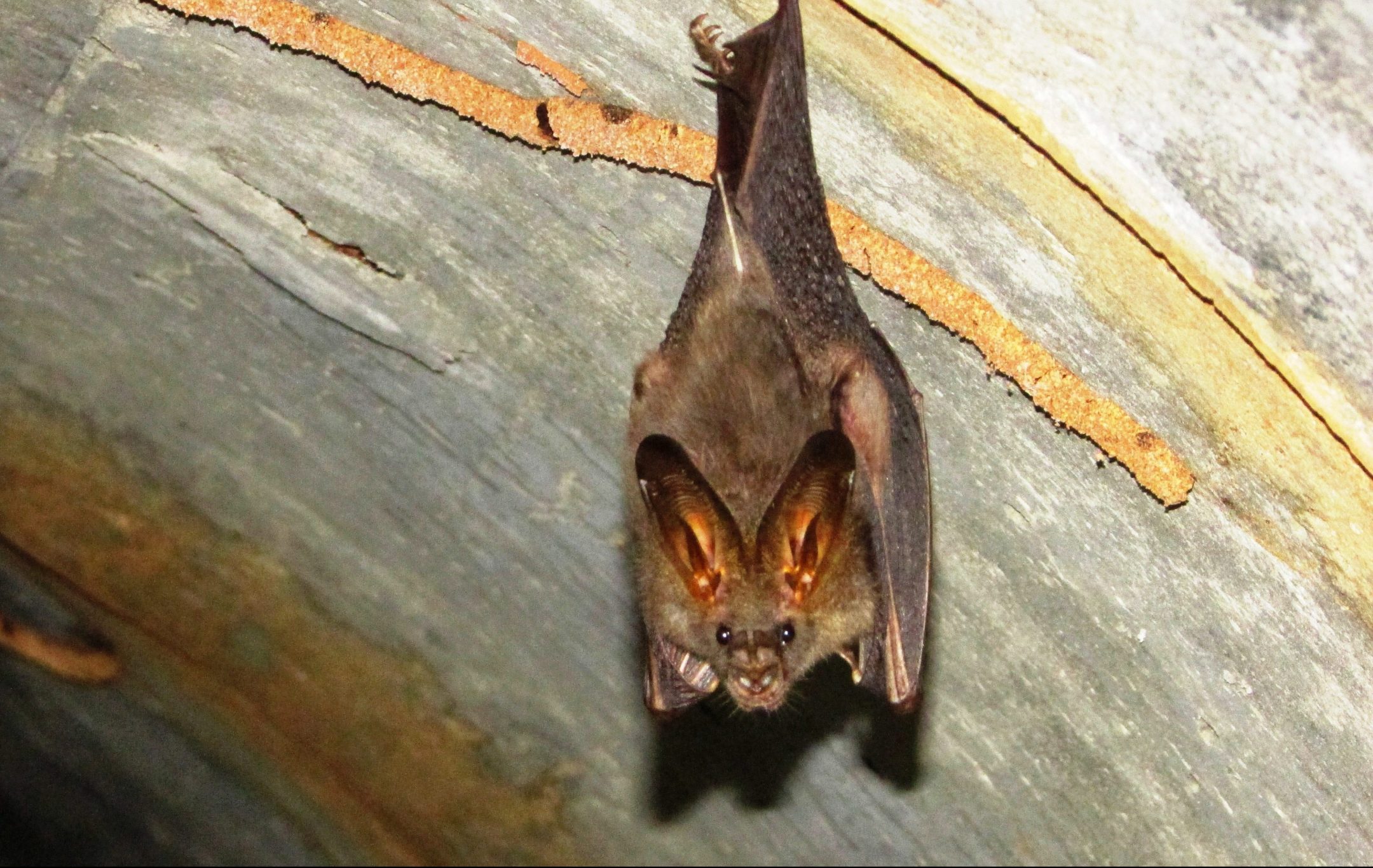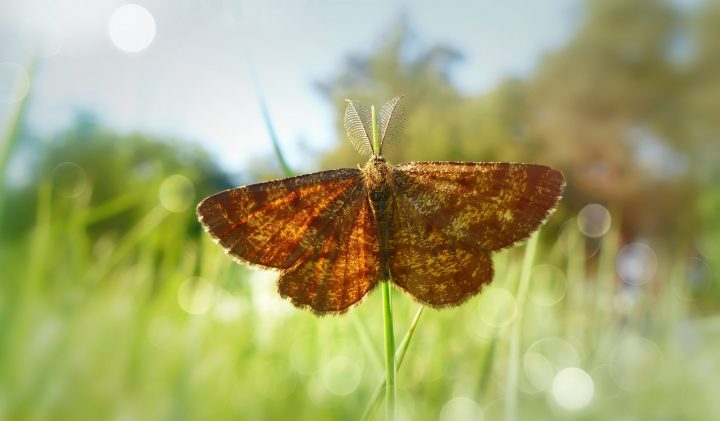Differentiate Signal From Noise
The environment surrounding any living system is full of signals, such as smells, sounds, electricity, magnetism, and more. Too many signals at once can be overwhelming, making it difficult to locate and react to any particular signal. To address this, living systems must differentiate among all signals, or “noise,” so they can focus on those they really need. During mating season, for example, male frogs gather close together in large groups to call for females. Despite their overwhelming, collective noise, females are able to find a particular male whose call is attractive to her. This is because the males use desynchronized calling, enabling individual recognition.
Navigate Through Air
Although free from many of the physical obstructions found on land and in water, organisms that move through the air must still avoid hitting each other and objects in their flight path, such as trees and mountains. They also need to navigate from one place to another, which presents a different challenge. They use one strategy to navigate around obstructions and another to move towards their destination. For example, bats use echolocation to detect both obstacles and prey. To navigate during migration, bats also use vision, sun orientation, and likely other strategies.
Sense Shape and Pattern in a Living System
Living systems must identify other living systems and objects to navigate, feed, escape predators, find resources, and more. The ability of living systems to “see” varies widely, with “seeing” including not only sight, but other means of sensing shapes or patterns, such as smell or echolocation. For example, a hawk can see much more detail than humans while other organisms can see far less detail. Nevertheless, each living system is capable of detecting shapes and patterns to the extent it needs to for survival. In addition to perceiving physical shapes or patterns, living systems can also sense landscape patterns at various scales. The purple sea urchin, for example, does not have eyes, yet can pick out fine details in its environment by using its entire surface as a compound eye. The urchin’s spines shield light coming from wide angles, further refining its focus.
Sense Motion
Perceiving motion is important for a living system to sense where it is in relation to a moving environment, which is critical in locating resources or wayfinding. This applies whether the environment itself is in motion (such as water movement coming from a nearby fish) or the living system is moving within a stationary environment (such as a bird flying through the air). Because motion dampens over distance and the cost of missing those motion signals is high, living systems must be quite sensitive to these signals. For example, fast-flying big brown bats have microscopic, stiff, domed hairs on their wing membranes that act as a sensor array to monitor flight speed and airflow conditions.
Sense Sound and Other Vibrations From the Environment
For living systems, sensing sound and other vibrations is important for communicating and detecting conditions within their environment. Living systems must locate a signal’s source so that they can move toward it (such as when it is food or a potential mate) or away from it (such as when it is a predator). To prompt an appropriate response, living systems must sense these signals, recognize their amplitude or volume (which is sometimes very low), and determine their direction. Living systems must be attuned to signals relevant to them and able to distinguish these from irrelevant sounds to avoid expending unnecessary energy. For example, owls’ ears are asymmetrically placed. This enables them to detect sounds more accurately, which helps them locate small prey at night and avoid wasting energy chasing down irrelevant sounds.





